With an iPhone and other devices in Apple's ecosystem, it's now a lot easier to start a side-hustle than you'd think. Follow along with one AppleInsider staffer, as he gets two businesses off the ground.
The dream of being your own boss is a common one among adults. Employment to a well-established company or organization could be viewed as a safe way to live, but going it alone has a bit of an allure to it.
Creating products for sale or offering services to others, as well as the increased level of freedom and potential financial rewards, can be highly attractive. Indeed, many people do go down that route when tired of being a small cog in a larger machine.
However, doing so introduces many issues that can put off a potential entrepreneur. The risks associated with any expenses coupled with possibly running without a financial safety net could easily end such thoughts.
At least, that was the thinking a few years ago.
It's now easier than ever for people to set up their own businesses. The dot-com shopping revolution means anyone can set up a website, an online store, stock products with Amazon, or list them in Etsy, with minimal financial and time costs.
With more people turning to side hustles to turn their hobbies into a handy extra income stream, many also do so while remaining conventionally employed. Their small business may not make it off the ground, but there's no worry about missing the mortgage payment.
Indeed, Apple itself acknowledges those striking out on their own via its "Underdogs," with a short film from March showing the small team leaving corporate work to create their own startup. Of course, this is a trillion-dollar company hawking its wares to "the little guy," but the video certainly serves as inspiration.
Of course, things get a bit trickier if you involve a brick-and-mortar storefront rather than an online effort, as the costs and logistic details of that approach can quickly mount up.
While tech cannot solve all of the problems a business may have, it's still surprising to see how much help Apple's ecosystem can provide in such cases.
If you play your cards right, you could do everything from an iPhone.
Starting small and the state of play in 2022
My experience in this area started two years ago, with the creation of a photography business called Paper Dragons to sell photographic prints. In an astoundingly bad bit of timing, the business began in March 2020, with the pandemic putting everything on pause before it really began.
Later on, as things got better, my girlfriend set up her own business, Dreamy Hill, to sell her art. She had a lot more success, and that was by doing physical retail but in miniature, via craft fairs.
By attending regional markets and events, she was able to sell her physical art to the public.
This was something similarly attempted with the photography business, but not to the same level of success. Instead, a small pivot was made to focus on providing on-location photographic services, which could be offered alongside print sales.
By mid-2022, we had decided that a more permanent location that could house both businesses was a good change to make. Instead of paying high UK fuel costs to go to craft fairs, as well as pitch fees for the craft fairs, we could put that money towards renting a storefront.
With some research, we discovered an organization, Pop-Up Wales, that helps keep closed storefronts open by allowing for short-term rents. Pop-up shops with more favorable rates than typical retail rent agreements.
A space was found that more than served our needs, and in early November, both businesses were occupying the store. And with a bigger space, that allowed for a Mac to be set up for tethered shooting in the now semi-permanent studio.
Our time spent operating the businesses has made us both realize how much you can get done with an iPhone.
With there being little difference between a table at a craft fair and a full retail space other than physical size and commitments, what we got organized via an iPhone easily migrated with our plans.
Admin and boring bits
For a start, you have the preparation stage, which includes arranging whatever permits, licenses, and other administrative elements that need to be put in place before you can begin. It's boring, but it's something that needs to be done.
You have to register with various bodies and organizations to set things up, and depending on local laws and regulations, you may need to go to an office and speak to someone.
In a post-pandemic world that's augmented with years of growing online activities, you probably don't need to actually see anyone anymore. There's an app for that, or at the least, a website or online service to use.
For example, in the UK, you have to let HM Revenue & Customs know about becoming self-employed for tax purposes, and you can register as a limited company online quickly and at a fairly low cost.
Make sure to check your local laws to determine what you need to get done before starting your business.
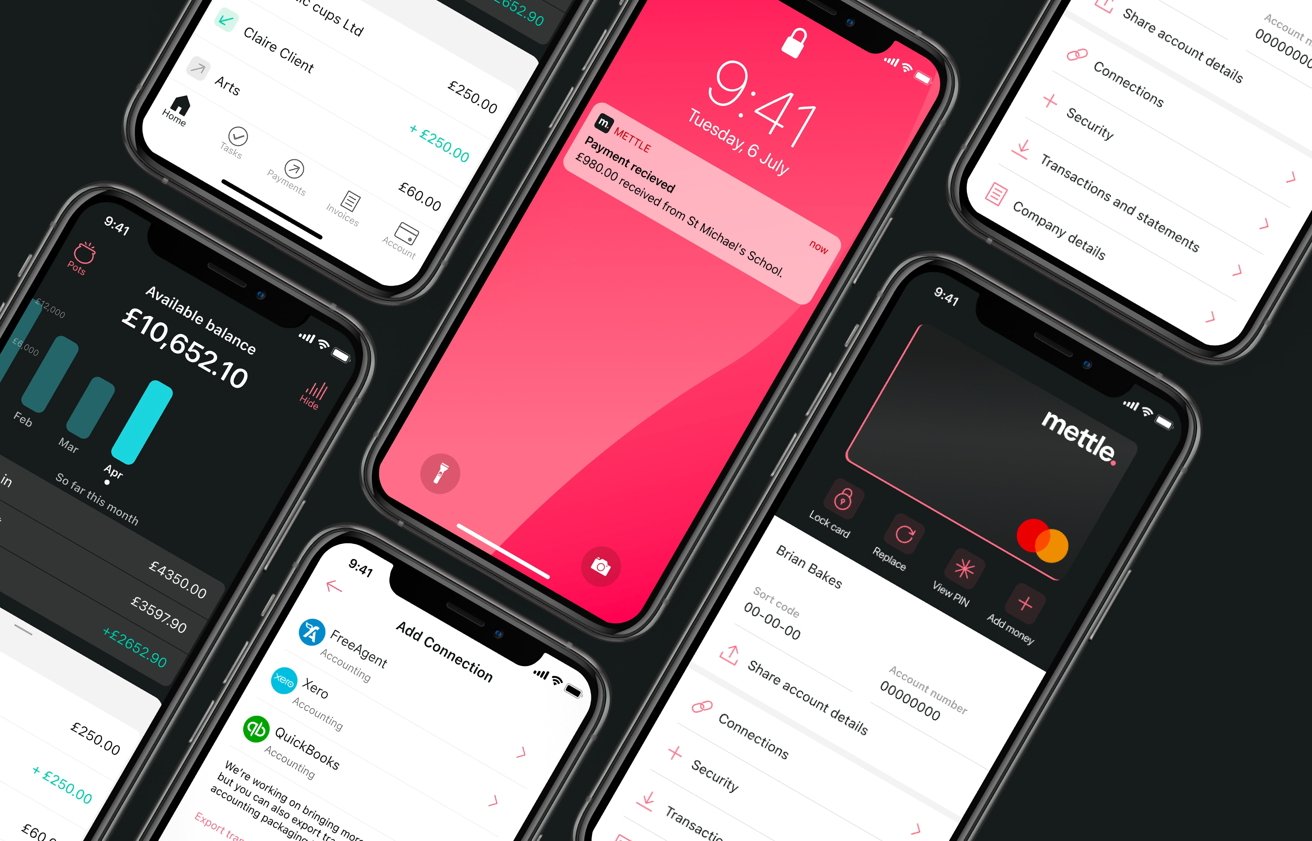 While you could get a business account from a larger bank, take a look at some alternatives as well.
While you could get a business account from a larger bank, take a look at some alternatives as well. After that, there's setting up a bank account to do, and with the rise of fintech firms, there's a lot of choices available. You could go for a traditional bank, but with smaller challenger banks that offer more small business-centric services without a physical bank location, they're a viable option.
In some cases, you could be all set up and with a payment card sent through the mail to your home within a few days. You may even be able to get an account without needing all the formal documents a bigger bank may want, like a fully fleshed-out business plan.
They'll also almost certainly have an app available for quick access to your business account on your iPhone.
We cannot recommend a specific bank, because of about 100 different factors. Instead, we recommend checking not just who services your area, but also the services and fees applicable to such accounts before signing up with one.
Then you have accounting and bookkeeping to do, which again can be online and app-based. If you're working at a small scale, online accounting tools and apps can give you all of the main benefits of accounting without an actual accountant, if you're willing to learn.
Like banks, accounting apps can vary in how they work, their features, and integrations with other apps and services, so research before signing up with one.
In the case of the photography business, we have an account set up with Mettle, a subsidiary of major UK high street bank Natwest. Since Natwest and Mettle provides free use of the FreeAgent accountancy software, we naturally went with that.
As well as monitoring the bank account and costs and income, FreeAgent also provides ways to scan receipts, which can be recorded and associated with costs to the business. This is useful when it comes to tax filing time, since you have presentable records you can refer to with a few taps.
In our experience, these apps and services all provide desktop-accessible versions via a browser, in case you need to see more than what an iPhone screen can display.
Getting Paid
Actually taking payments from customers on a stall or from the shop is something that the digital revolution has dramatically improved. While cards with chips and mobile contactless payments like Apple Pay are great, I'm referring to the payment processing system itself.
Yes, you can pay a bank or a dedicated payment processing firm a lot for a fairly large card payment machine, and a few years ago this would've required a proper Internet connection. But things are much smaller and better now.
There's nothing stopping anyone from buying a card reader for a fairly low cost, signing up for an account through an online service, and handling most of the transaction from an iPhone.
A quick search of the market will bring up services like SumUp and Square, who each offer compact card readers and very competitive rates for transaction fees.
Each are also fairly simple to set up. You install their app and log in, give them details of your bank account to receive payments, pair the card reader to the app, add details of products, and you're practically there.
As they're very pocketable, nothing is stopping you from keeping one in a bag at all times. Add in that they work via an iPhone, and you have a system that just needs cellular service at a minimum, and can function almost anywhere.
With the introduction of Tap to Pay on iPhone, you don't even need the physical card reader, as it can all be handed via the iPhone alone. Of course, your selected payment provider needs to support it to be truly useful, but that's all a question of time.
Services like Square also give you the option to set up an online storefront, as well as handle stock counts and other elements. If set up correctly, you could have live stock updates on the online store, and receive orders that could be mailed off in the future.
There are other services available for payments, such as getting PayPal or Stripe set up, but they're more for online transactions. They're still worth a look to work out if they gel with your business needs.
A highly-connected system
With two different businesses, it became very plain to see how the iPhone could be a massively useful tool on its own. However, especially with the photography business, Apple's ecosystem also helped solve many problems about how the business itself functions from day to day.
The art sales business is straightforward by comparison, as it only needed an iPhone. You could handle payments, communications with customers, produce marketing images, post to social media, and even play music to a Bluetooth speaker if you have music licensing sorted out.
Things were very different on the photography side. For a start, there was more hardware to deal with.
There's a decent camera that would connect to a Mac mini for tethered shooting, editing, and most work-related tasks. This is partly due to my preference to type on a physical keyboard, but editing using Adobe's suite of tools played a major role in the hardware choices.
On top of this, a 9.7-inch iPad Pro was brought into the mix, partly to assist with editing using Sidecar and an Apple Pencil. It was also used with tools like Adobe Express for marketing items and managing social media.
The iPhone handled card payments with clients, as you would expect, but also handled double duty for social media. Accounting and admin was spread across all three devices.
Since the space couldn't be serviced by traditional Internet providers due to it being a pop-up, the iPhone was heavily leaned upon as a hotspot, which also tested the carrier's unlimited tethering policies.
We did have the further unusual issue of the photo studio space being in a basement. That meant locating the iPhone in a place that had sufficient phone signal and leaving it there.
In this case, we used a Magic Arm, a clamp, and a selfie stick's camera mount to hold the iPhone high in one corner of the space. Since it acted as a Wi-Fi hotspot, it worked fine so long as it had power available.
This isn't an ideal way of working, but given the constraints, it worked extremely well as a makeshift Internet solution.
The biggest thing was Apple's Continuity features and ecosystem interconnectedness also made it extremely effortless to work across multiple devices.
I could easily work on an edit of a photo on the Mac using the iPad as a graphics tablet, and then either wait for Photos to sync or bust out AirDrop to quickly move it to the iPhone to put it on Instagram.
If I had to provide a file to my girlfriend, AirDrop was similarly useful for beaming graphics and other bits she needed from my hardware to her iPhone and vice versa.
With the iPhone spending most of the time in the corner of the room, I also had to rely on Continuity for calls to come to the nearby iPad instead of walking across the room and potentially disrupting the Internet for other devices.
I could easily imagine that some would resort to using physical networking and cables for something like this. That would be an entirely legitimate way of connecting everything up, but you have a free and usable option already available.
While I use Shootproof for providing clients with images and print options through a third-party printing service, printing is yet another thing Apple's devices help with.
Our home-based Canon imageProGraf Pro-1000 is used for art prints and occasional signage. While most can be handed by the Mac when it's nearby, AirPrint can allow for quick print runs to take place, dealt with via our mobile devices.
Commerce in the palm of your hand
It is obvious that the advance of technology has made it much easier for someone wanting to start their own business to actually go through with it. Many barriers, from administrative tasks to regulatory requirements, can be handled online or in an app, and often in a simple manner.
There's a lot less in the way between a person and their side hustle than there was. Elements like providing services or sourcing, making, and stocking products are still largely outside of technology's purview and will still be a concern for most.
Administration isn't scary, and neither is running the business when you're up and running.
The iPhone can carry a lot of the burden of running such an operation on its own. It is a terrific piece of kit that handles most of the core tasks business owners need to complete.
Add in Apple's various systems and features in place that allow iPads and Macs to work together with the iPhone, and more problems are solved for you. The digital infrastructure of a storefront could be handled by Apple's collection of devices working together.
Apple cannot solve sourcing of widgets from a supplier, nor can it offer real business financing, deal with social media messaging, or hire and fire on your behalf. But its products make running a business a lot easier to undertake.
Not quite done yet...
Everything we've discussed here is from the early stages of being a retailer. It's all still very small scale, and even in a brick-and-mortar capacity, very quickly put together.
The cohesiveness of Apple's ecosystem, as well as how you can do most of the tasks on an iPhone, helped implement everything we needed, and at a very fast pace.
As time rolls on, it's possible that our small-time hustles could grow enough to create a permanent home instead of our current short-term situation. Doing that means making more changes to help the businesses, such as a proper Internet connection instead of relying on iPhone tethering.
There could be proper networking infrastructure installed between the floors. On-site backups could be helpful, as is a ton of other equipment that we could do with using.
There obviously isn't anything like that planned for the current store. With the current challenging times of the UK economy suffering from inflation and an energy crisis, we cannot predict what will happen months from now.
But, if things go well enough to allow us to move into a longer-term space, we have a good idea of the kind of things we would need to implement.
We also know that we can't rely solely on Apple's products for everything we could need to make our businesses grow. Other devices, hardware, and services will have to be introduced and made to work with what's already in place, or replace them entirely.
For the moment, in our duct-taped together retail existence with few resources, what we have with Apple's ecosystem works for us.
 Malcolm Owen
Malcolm Owen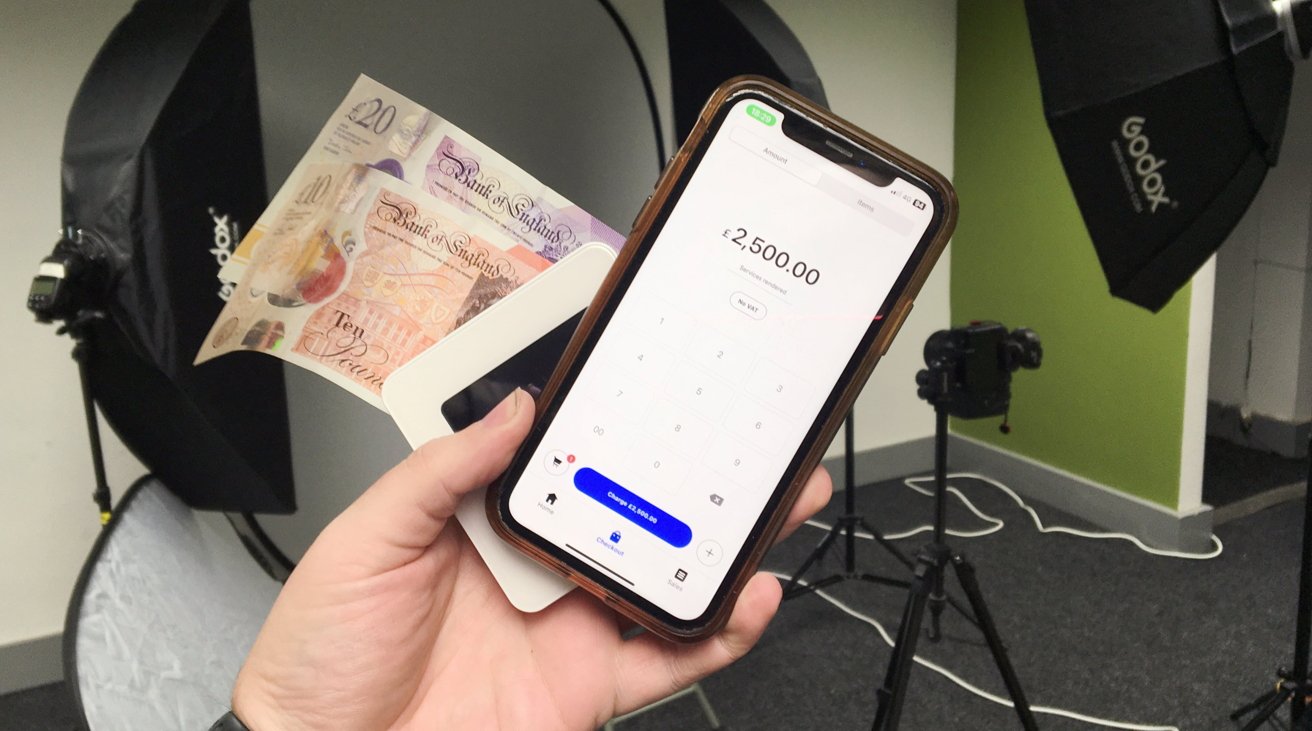

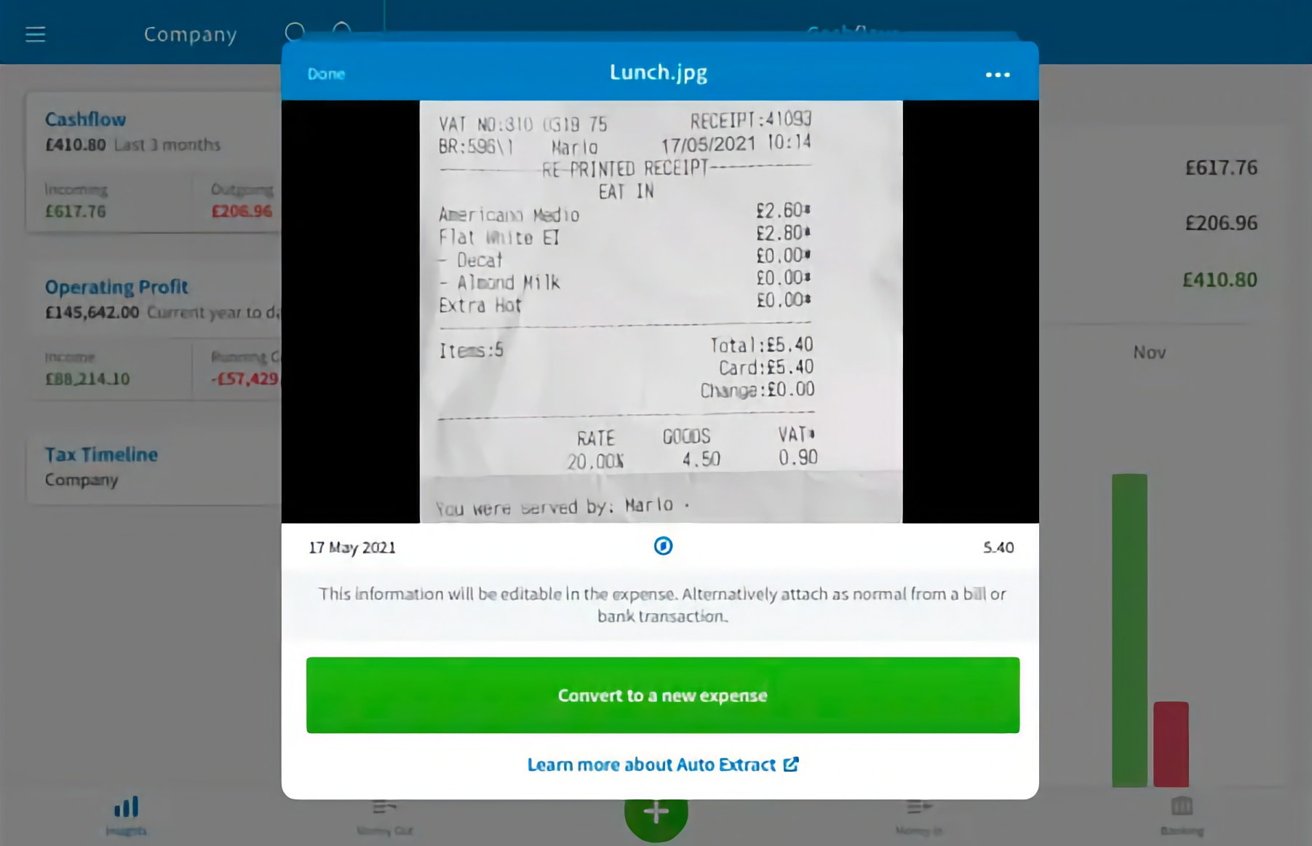
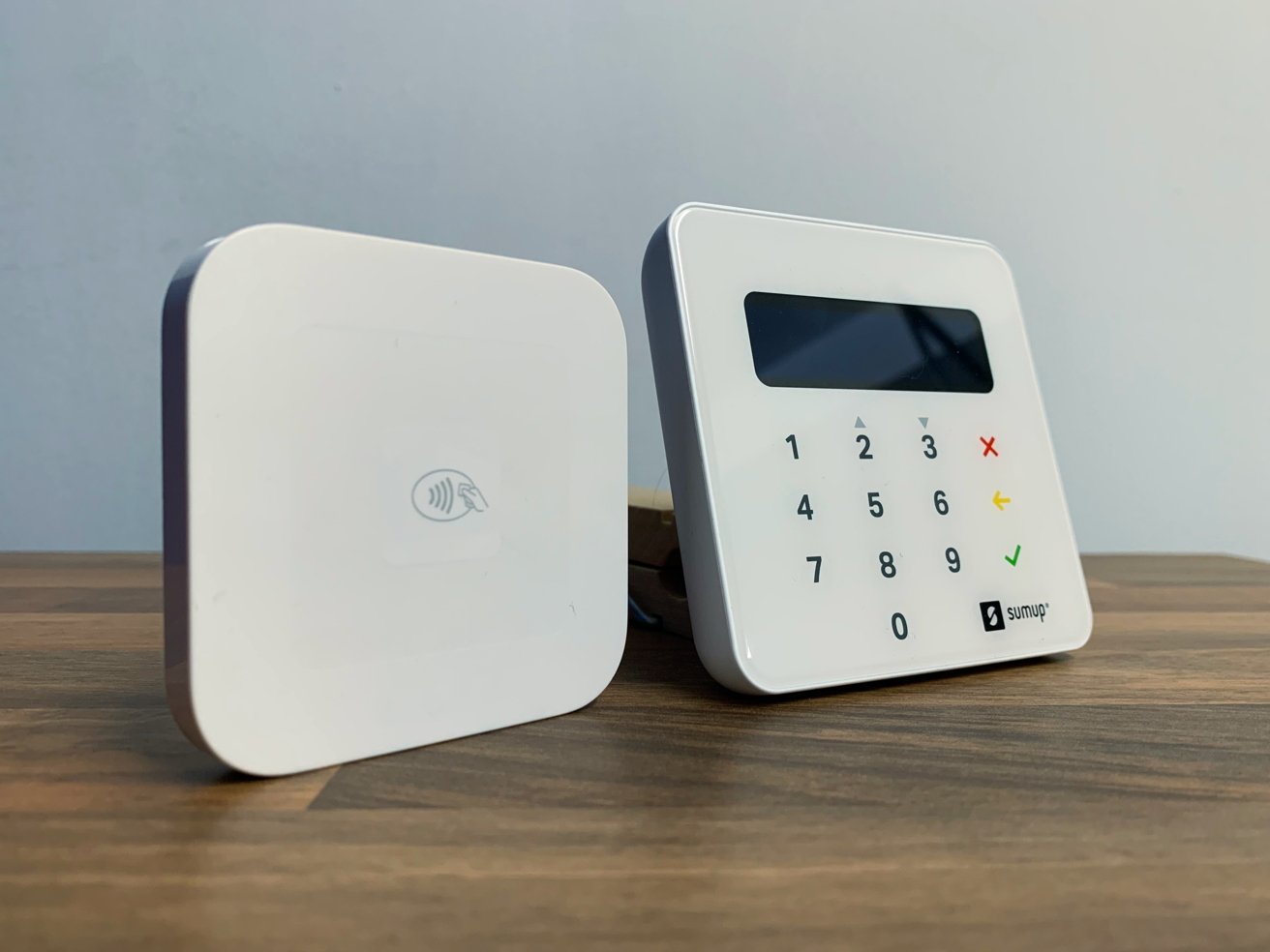
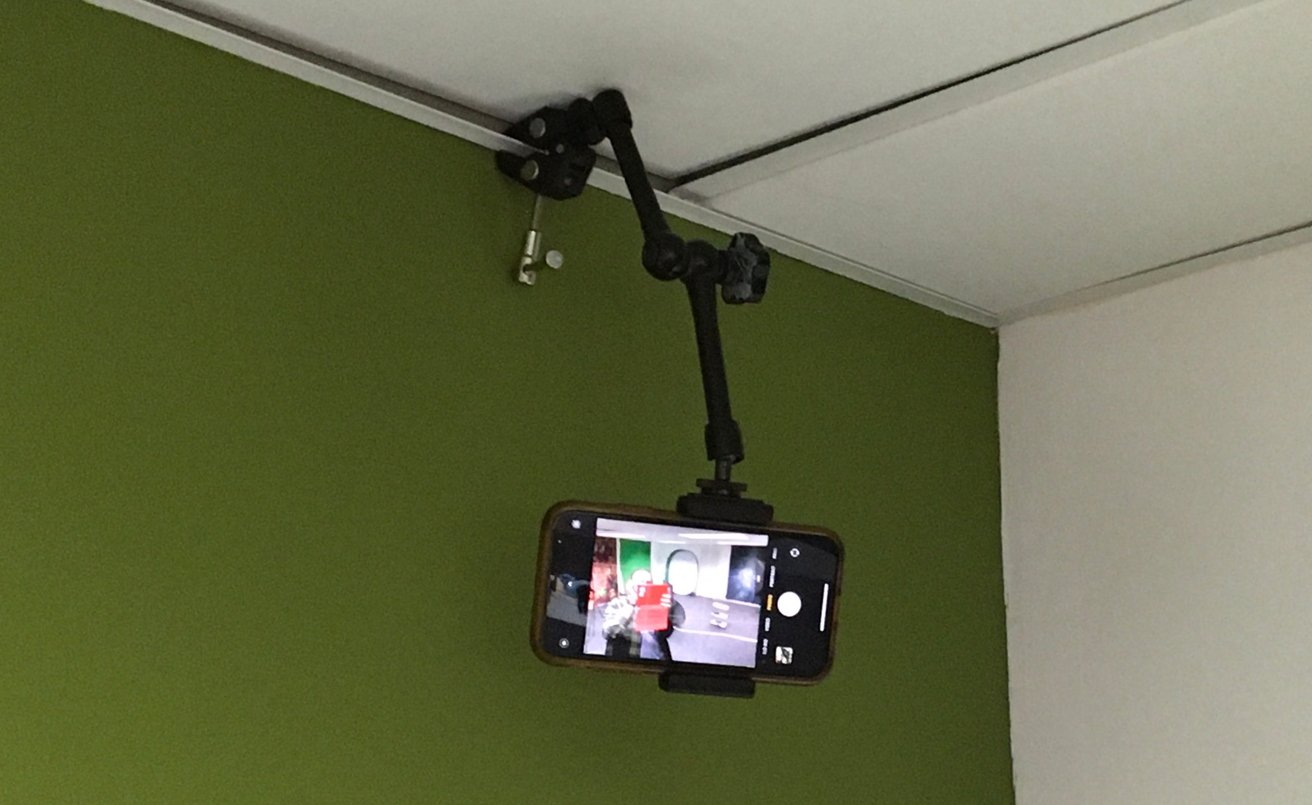
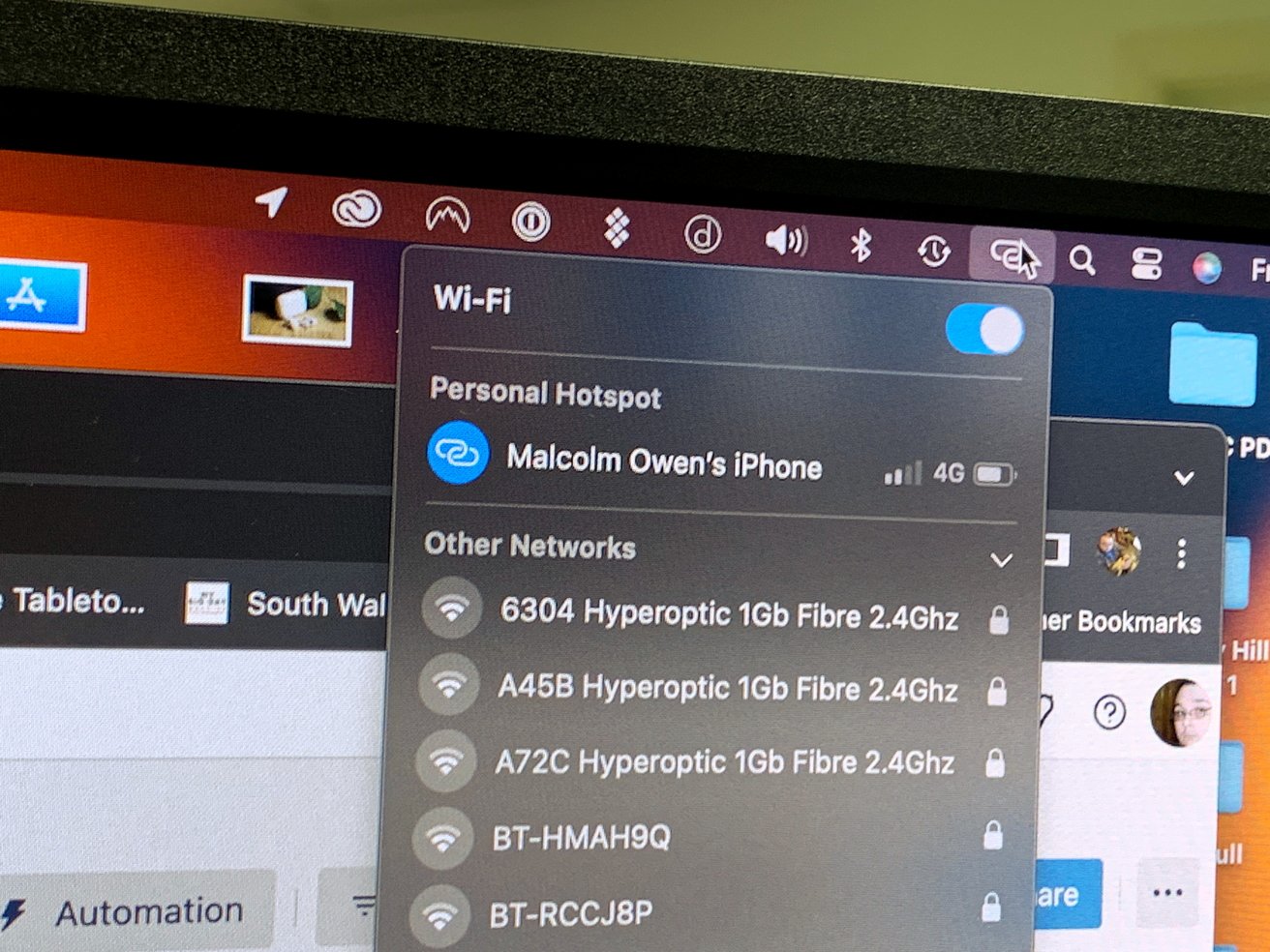







-m.jpg)






 Christine McKee
Christine McKee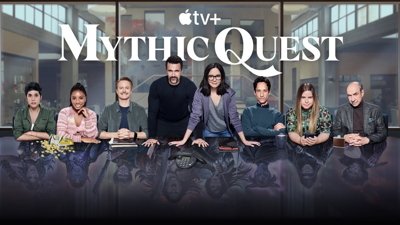
 Charles Martin
Charles Martin
 Mike Wuerthele
Mike Wuerthele
 Marko Zivkovic
Marko Zivkovic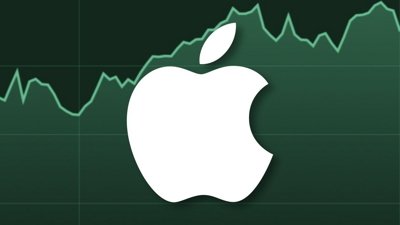
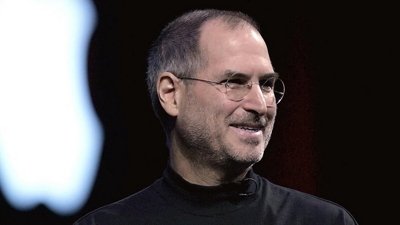


 William Gallagher
William Gallagher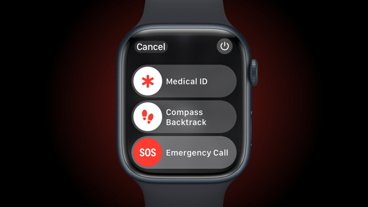
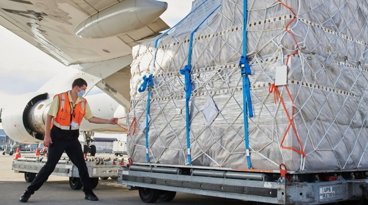
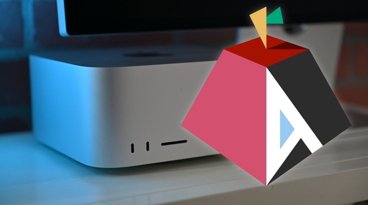
-m.jpg)






2 Comments
Good for you on taking a step into the business world. I wish you every success.
Thanks for this article. Very informative.